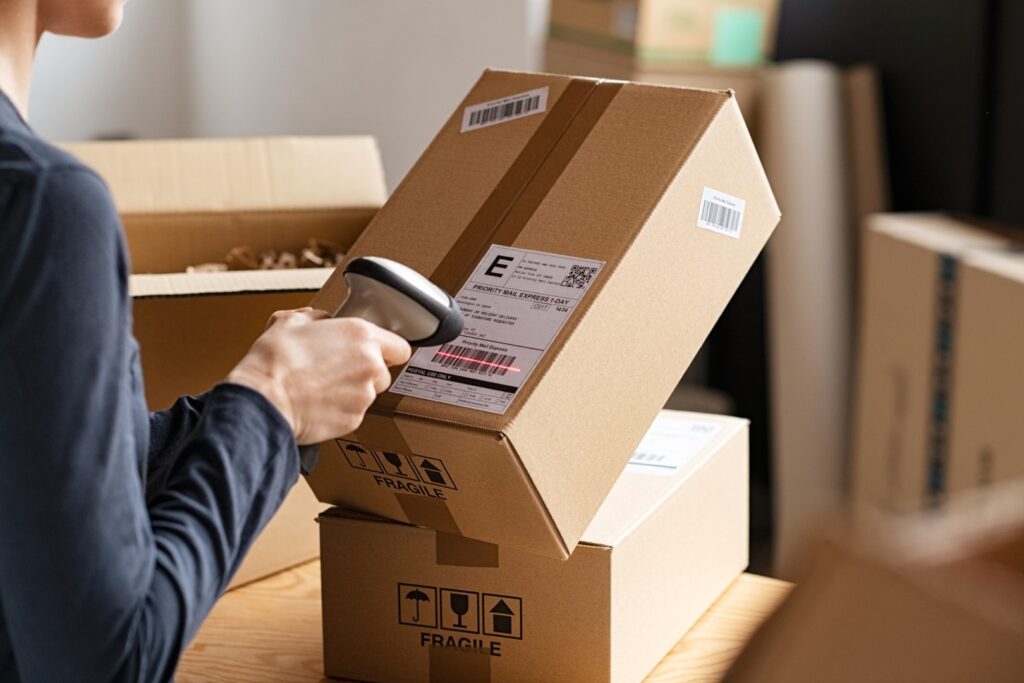At our business, we have found that barcode labels can be a valuable tool for streamlining operations and improving efficiency. Whether you’re looking to keep track of inventory, prepare products for mass distribution, or meet other purchaser requirements, barcode labels can be a simple solution that can take your business to the next level. And the good news is, creating barcode labels is easy and accessible for small business owners – you can even generate them on your iPad!
To help you get started with barcode labels, we’ll walk you through the different types of barcode labels available and provide tips for printing them from your thermal printer, laser printer, or inkjet printer.
First things first: what are the different types of barcode labels? Barcode labels are broken down into several different styles or systems, each of which determines their appearance and the type of information they contain. To generate the correct barcode labels, you’ll need to use a barcode generator that corresponds to the type of label you want. Here are some of the most common types of barcode labels:
- UPC-A: This type of barcode was designed for retailers who needed a way to track inventory. If you’re planning to sell your products through a retailer, this is likely the type of code you’ll need to use. To begin using UPC codes, you’ll need to register with GS1.
- Code-39: One of the oldest barcode types around, Code-39 is a popular choice for creating SKU or product codes that are specific to your inventory.
- EAN-13: These 13-digit codes are commonly used by libraries and book sellers and are standardized for books. While you may not need to use this type of barcode for your stickers, it’s good to be aware of it.
- QR codes: These 2D barcodes can store a lot of information, such as a URL. They are often used in advertisements and can be a useful tool for businesses as well.
To get started with barcode labels, we recommend using a free online barcode generator like the one provided by Zoho. This way, you can create labels without worrying about learning new software or investing in expensive equipment.

Once you’ve generated your barcode labels, printing them is a breeze. You can use any of your normal printing software to print barcode labels – even Microsoft Word will do the trick. For best results, we recommend creating PNG images and using your computer’s Photos print function to ensure that your printer settings are correct for the page size and printer source.
If you’re using a thermal printer like a Dymo or Rollo, be sure to use the appropriate labels for your printer. Before printing a bulk order, it’s always a good idea to test a few label prints to make sure that your labels are aligned correctly and your printer settings are correct.
Finally, if you need to print price tags, you can use the Code-39 barcode type for a fancy touch, or simply type out the necessary information onto the sticker size you want. It’s important to remember that you should only print labels for price tags if your retailer requests it, and if you’re unsure of the final price, it’s best to use “MSRP” or leave it off altogether. A price tag should ideally be both human-readable and computer-readable to avoid confusion.
In conclusion, barcode labels can be an easy and effective way to improve the efficiency and accuracy of your business operations. With the right barcode generator and printer, you can create professional-looking labels that will help your business run smoothly and meet the demands of your customers and retailers.

